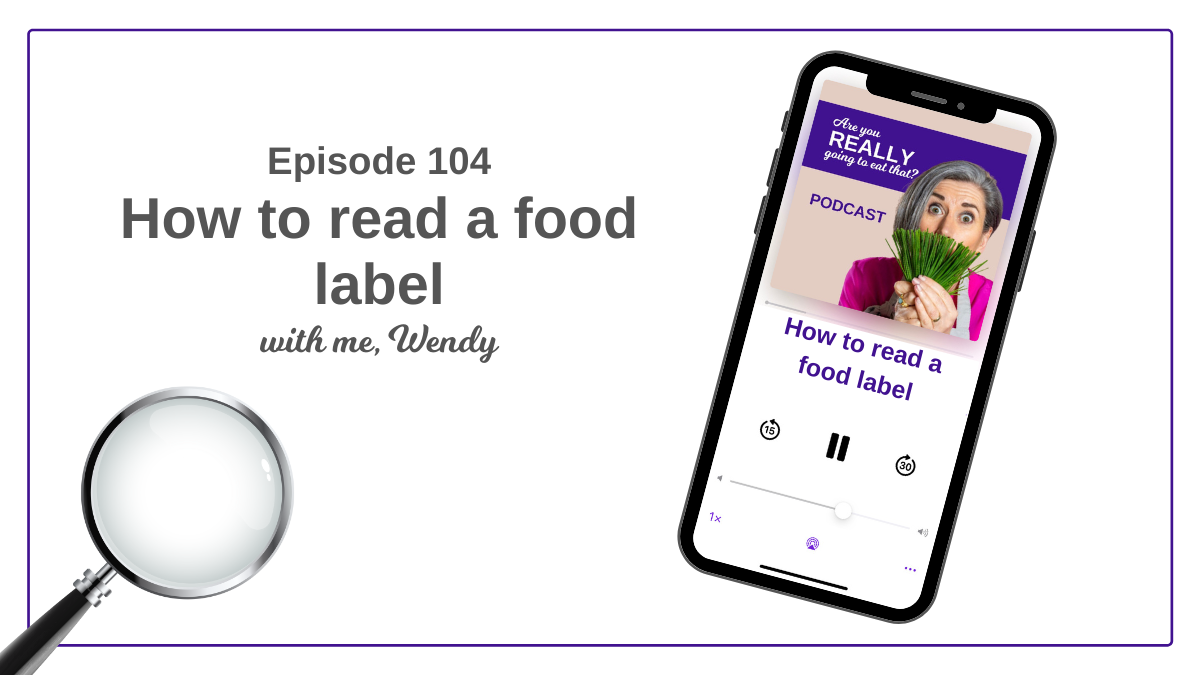In this episode, I explain what you should be looking for when reading a food label. They are on all packaged food, but do you know how to read them and what you should be looking for?
Ingredients list
The ingredients are listed in order from the largest amount to the smallest.
There are 14 allergens that need to be shown in bold on a food ingredients label. They include nuts, gluten, seafood and milk.
If food states it is ‘free from’ something such as gluten, it needs to be prepared and packaged in an environment that does not allow for cross-contamination.
Macros
Most labels show carbohydrates, protein, fats, sugar, salt and calories. Check what the numbers are based on, is it 100g or a serving? Is their serving the same as yours?
Look out for ‘added sugar’ and ‘saturated’ or even ‘trans fats’ and check sodium levels are not too high. They will often show a percentage of your recommended daily amount, and this is usually based on a 2,000 calorie diet.
Traffic lights
Simple to see, Red is high, amber is medium, green is low. However, it can be misleading as natural foods may be high in certain macros, nuts for example are high in fat. Again, often show a percentage of your recommended daily amount based on 2,000 calories per day.
Use by and best before
The use by date is an instruction, this is usually on food that would be harmful if eaten, such as meat, fish and eggs. The best before date simply implies that the food is at its optimum if eaten before that date, you should use your common sense and smell or taste the food to ascertain if it is still good enough to eat.
My links
I hope that this has helped you to understand the labels. What do you think of this episode? Let me know!

